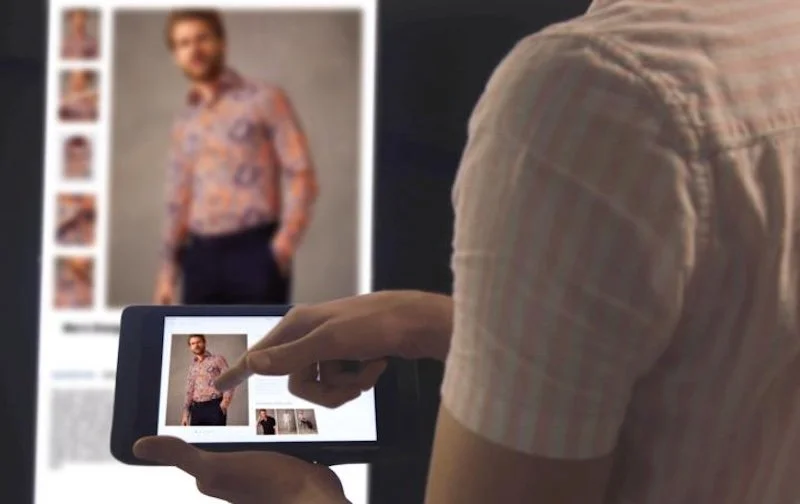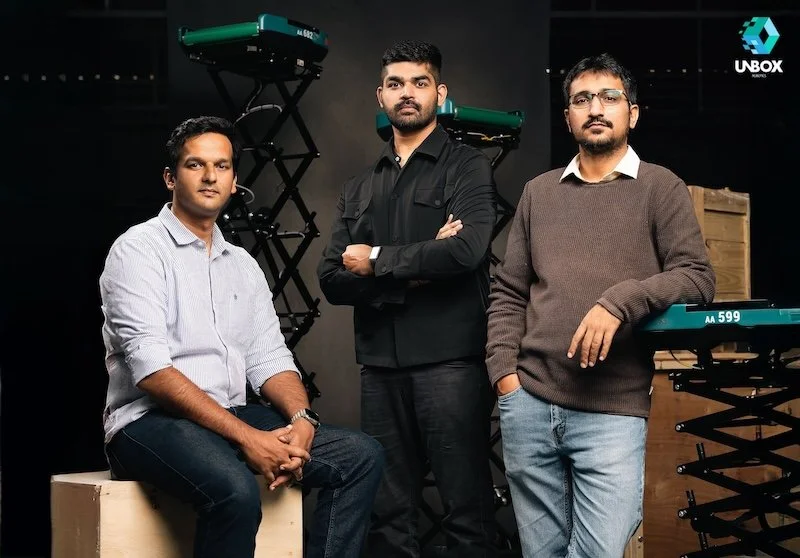Leveraging bricks and mortar stores in a digital retail world
Joel Goodson, Content Marketer at Detego, look at how digitising stock through the Internet of Things creates a more convenient and connected customer experience.
In recent years the digital age has shaken up retail in unprecedented fashion, and this trend looks set to continue.
One of the main causes of this change is the internet, not only the increasing influence of e-commerce but also the changing standards consumers are used to thanks to their near-constant access to the web. The new status quo of the digital world is connection and convenience, as modern customers have easy access to information and services on demand.
But is retail keeping up with this change? And what does it take for bricks and mortar stores to meet these modern demands? Thankfully, the growth of retail technology means stores have more tools than ever to do so. Retailers need to look towards digital investment to reduce friction points and offer a more streamlined and connected shopping experience.
In other words, bricks and mortar stores aren’t going anywhere, but they will have to evolve.
Enter the digital store
With customers being more connected than ever and used to the experience they can have shopping online, it’s time for physical stores to take some lessons and adapt. This shift is well underway, and as more brands continue to adapt one thing is becoming clear, digital doesn’t just mean online anymore.
Thanks to the Internet of Things, it’s now possible to digitise every single item in a store, in conjunction with tracking technology such as RFID. This allows retailers to leverage their most important asset, their merchandise, with greater precision.
For example, let’s present an all too familiar scenario.
You are looking to buy a new pair of shoes. You’ve decided to purchase them in-store because you want them today and need to make sure the fit is right. Before going to the store, you checked on its website to check if it had them in stock in your size, but it didn’t say. After failing to find them in the store, you ask an associate who offers to look in the back. You then wait several minutes, only for them to return empty-handed and offer their apologies
There are several stages where this scenario could have been avoided with the application of the IoT. If every item is digitised and traced effectively, not only can stores know exactly what’s in stock, but retailers can share this information with their customers, and offer them more options like click and reserve and more.
Stores as digital hubs
With this baseline of technology providing a clear view of inventory across store networks, the natural next step is combining and unifying digital stores with the rest of the digital network, namely other stores and the e-commerce store. After all, online is already digitised by nature, and having all stock across all networks digitised allows retailers to leverage their products far better to serve their customer’s needs.
Whilst omnichannel has become a bit of a buzzword, with the focus on connection and convenience for customers, features like Click and Collect and ship-from-store are essential for leveraging physical stores. When supported with appropriate technology like RFID, retailers can offer extensive omnichannel services thanks to a real-time view of stock and the ability to track and trace items across the supply chain.
Features like this go beyond levelling the playing field with e-commerce as they offer something pureplays can’t, giving their customers more options and a flexible shopping experience.










Continue reading…